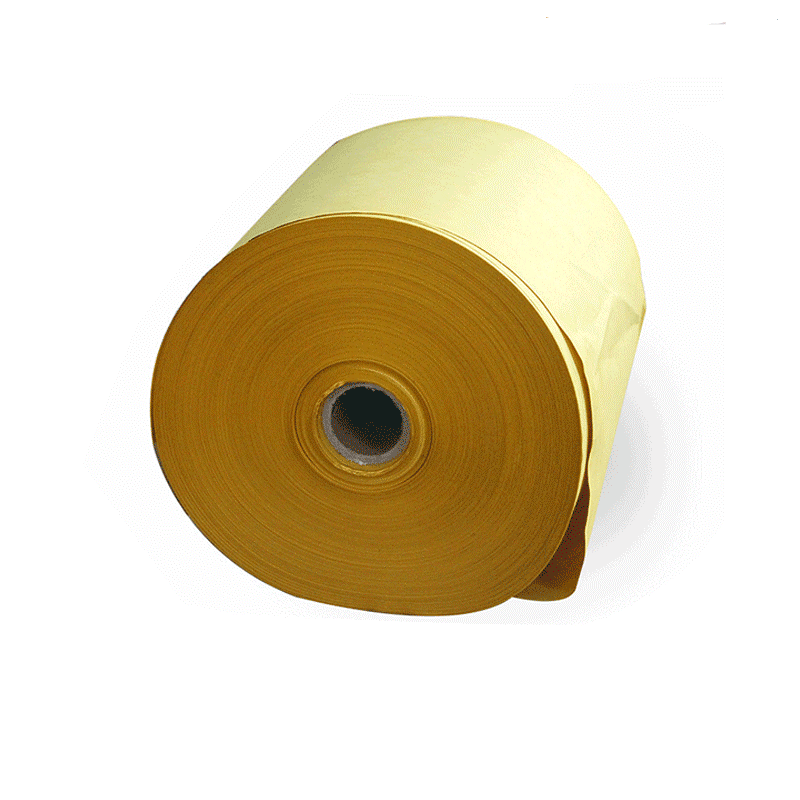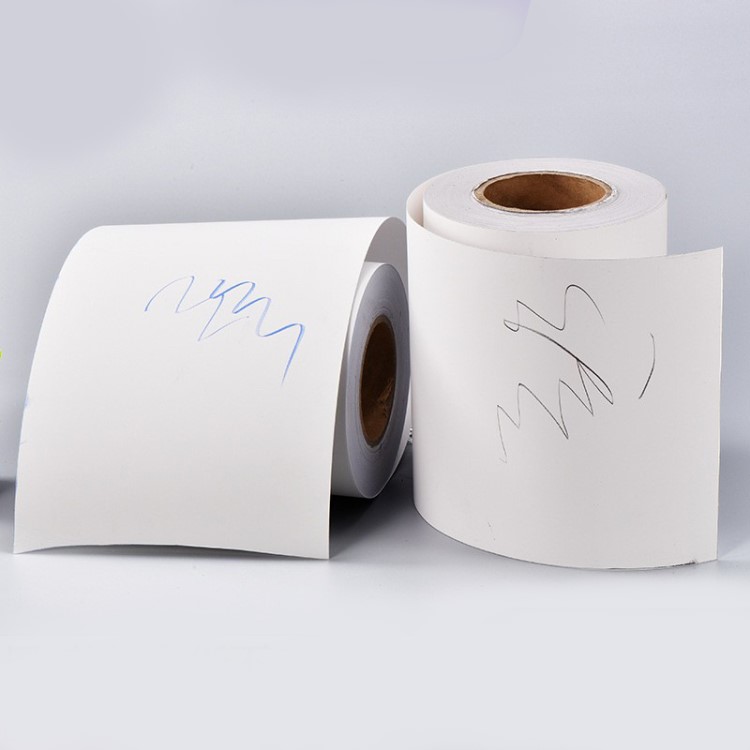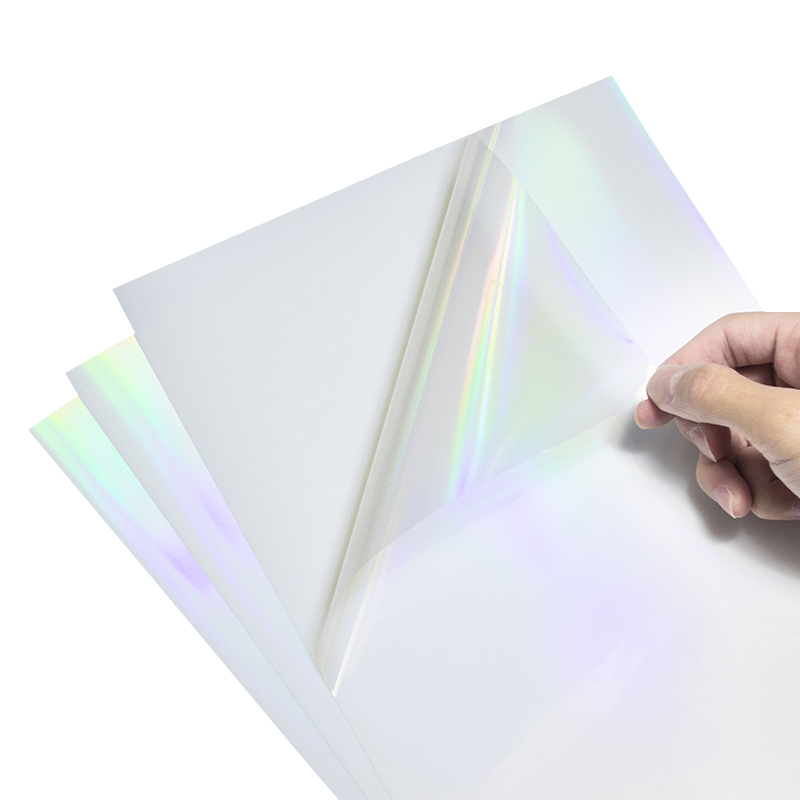Advantages of Temperature Indicating and Recording Labels
-
It is particularly suitable for measuring the temperature of components, outer surfaces, and objects in life-threatening environments where ordinary thermometers cannot or are difficult to use. Examples include temperature measurements of transistors, integrated circuits, chemical reaction tanks, engine bearings, conductor buses, switches, joints, transformers, etc.
-
It facilitates inspection patrols. When the temperature changes, it triggers a color change, allowing people to take measures promptly to prevent accidents and nip potential hazards in the bud.
-
The product is lightweight, portable, and easy to install. For example, the temperature-sensitive color-changing patch with adhesive is very convenient to use; simply peel it off and stick it on.
-
It is more economical. When measuring the same number of temperature measurement points, it saves costs compared to other temperature measurement tools.
Temperature Indicating and Recording Label Classification and Selection
Based on color changes, they can be classified as single-color-change or multi-color-change, as well as reversible or irreversible. For instance, liquid crystal color-changing products can exhibit color changes such as red, green, and blue within a specified small temperature range, with different colors corresponding to different temperatures. As the temperature returns to normal, the color also reverses, belonging to the reversible multi-color-change series. On the other hand, products that only undergo a single color change fall into the single-color-change series. If the color does not revert, it is classified as irreversible. In most industrial productions, it is impractical to have someone constantly present at the temperature measurement site, relying instead on patrols for observation. For such sites, irreversible color-changing temperature measurement products are required. Their color, once changed due to temperature rise, does not revert, thus preserving the record of overtemperature incidents and potential hazards. This feature has made them popular among users. In certain situations, people hope to combine the advantages of both reversible and irreversible products, leading to the emergence of products that are both reversible and capable of recording.
To better assist users in selecting temperature measurement products that suit their needs, there are generally temperature patches available in various grades, including 50℃, 55℃, 60℃, 65℃, 70℃, 75℃, 80℃, 85℃, 100℃, and 120℃, as well as patches for higher or lower temperatures. For areas where the temperature standard is already clearly defined, using a single temperature point white-to-red color-changing patch is more cost-effective and straightforward for detection. If the observation distance is not far and the lighting is good, a 1.5cm x 1.5cm patch can be chosen; if the observation distance is far and the lighting is poor, a larger size of 3cm x 3cm patch can be selected. Circular patches are also an option. The color choices are not limited to white-to-red; there are also options such as white-to-yellow, white-to-green, and white-to-black. For those who desire a broader temperature measurement range or have not yet determined the specific temperature standard, multiple temperature patches can be used simultaneously. To distinguish between different temperatures, patches of different sizes, colors, or positions can be used to indicate the variations in color-changing temperatures. For example, using the YDX678 model or combining 60℃ white-to-black, 70℃ white-to-green, and 80℃ white-to-red patches in the same area, after exceeding the temperature, different colors will represent different temperatures. Alternatively, a combination of a 70℃ 2cm x 2cm small white-to-red patch and a 80℃ 3cm x 3cm large white-to-red patch can be used to indicate two different temperatures. One can also choose a freely cuttable white-to-red patch and cut it into different shapes with scissors to represent different temperatures according to personal recognition.

Key features of temperature indicating record labels
Temperature measurement patches are easy to use and can be attached to any flat surface on a device. They can react quickly after overheating, with a striking color change occurring within seconds. These patches record the highest peak temperature, and a noticeable color change occurs instantly upon overheating. They also possess an overheating recording function that is not found in ordinary temperature measurement instruments (with a permanent color change function after overheating for recording purposes) as well as a reversible function of repeated color changes. They are small, display prominently, are intuitive, and are inexpensive. The color change temperature error of this product does not exceed 2 degrees. After overheating, the color change is very bright and eye-catching. This improves upon the shortcomings of outdated electrical temperature measurement wax strips: wax strips are difficult to adhere firmly, troublesome to use, have a slow reaction to overheating, and are not easy to observe.
Correct Usage:
Avoid scraping, scratching, folding, or high temperatures during storage. If you are not skilled at peeling them off, you can use a small knife to gently pry them off. Do not forcefully dig to avoid damage. The surface where the temperature measurement patch is attached should be relatively clean. It is best to clean it with gasoline or other solvents, or wipe it clean, so that it can be firmly adhered. When attaching to areas that may come into contact with oil or water, cover the temperature measurement patch with a larger piece of transparent tape for protection, or choose a temperature measurement patch with a protective film, which has strong oil, water, and dirt resistance (if the white medicament film part of the temperature measurement patch is not protected and comes into direct contact with certain liquids, it may cause color change).
Actual Measurement of Color Change Temperature Point:
The color-changing temperature measurement patches have been rigorously tested during production, with a temperature point error of 1-2℃. For the convenience of some users who want to test themselves, here is a simple and accurate testing method. Find a large can, such as an eight-treasure porridge can. Attach various temperature measurement patches in sequence to its outer wall, pour in a small amount of cold water, insert a thermometer, prepare a pot of boiling water, and you can start testing. First, slowly pour in a small amount of boiling water. To ensure uniform water temperature, stir with a thermometer. As the water temperature rises and the thermometer value reaches the color change temperature, you will see the corresponding temperature measurement patch change color.
Service Life:
Theoretically, once the temperature measurement patch is attached to the measurement area, as long as it does not exceed the temperature, it can last for 2-3 years or even longer. Considering the complexity of industrial sites, it is stipulated that as long as the temperature measurement patch is used in a normal environment at room temperature and remains white without exceeding the temperature, it can be used for 2 years. For accurate temperature measurement, it is recommended to replace the patch annually. Patches that have already changed color due to overheating should be replaced promptly during maintenance.
We offer comprehensive technical support, including free professional labeling solutions, advice on label materials and adhesive selection, as well as online/offline assistance from professional software and hardware engineers. Service email: andy@ownlikes.cn. In pre-sales, we leverage our extensive experience in specialty labeling projects to provide clients with the most suitable hardware solutions. Additionally, all our label barcode printers and scanners come with a three-year free warranty, demonstrating our confidence in our products.






This site is protected by reCAPTCHA and the Google Privacy Policy and Terms of Service apply.